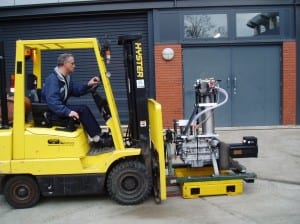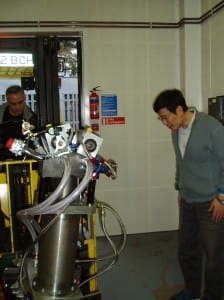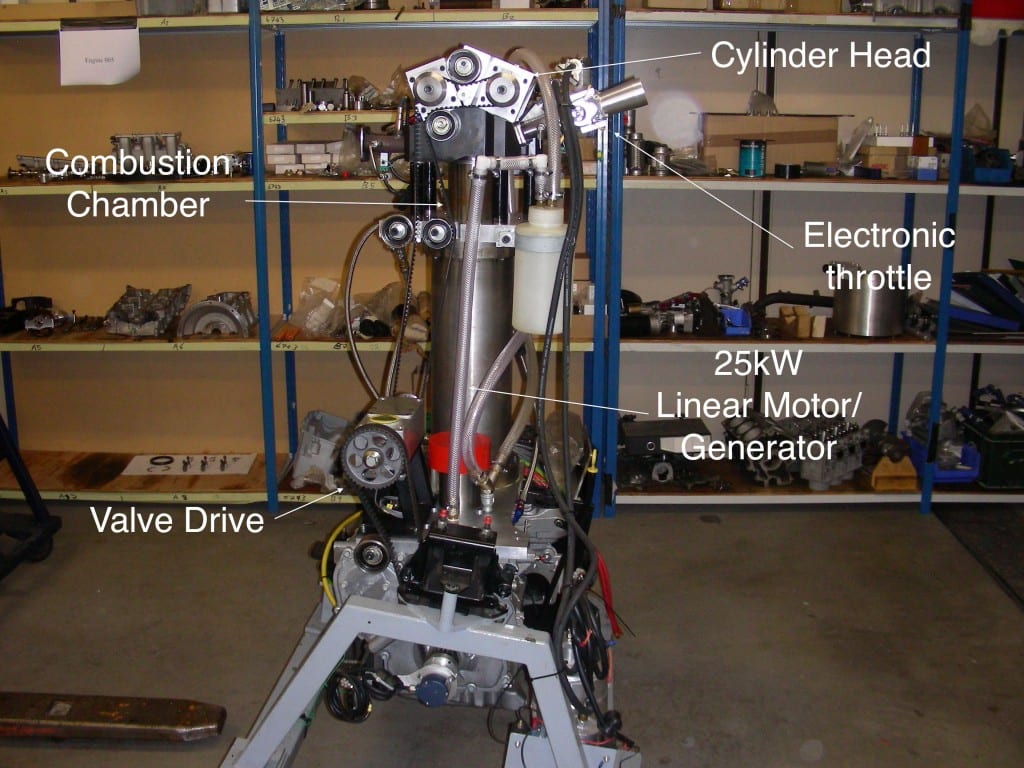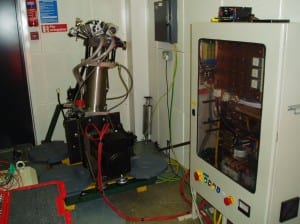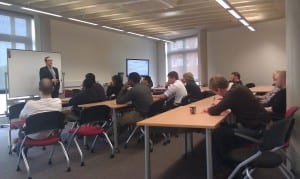
Summary
Wed 6th April 2011 @ 2:00p.m. – 3:00p.m. Lincoln School of Engineering Open Seminar Series. Dr. David Waugh gave an open seminar about ‘Using lasers to modulate biological cell response’ in one of Lincoln:Engineering’s seminar rooms.
Abstract
With an aging population there is an ever growing demand on medical facilities, especially with regard to biological implant technology. Laser surface treatment offers a unique way of tailoring surfaces to manipulate cell response in order to reduce and predict clinical failure. This open seminar will give you an insight into the multidisciplinary research carried out by Dr. Waugh, a Research Fellow in the Lincoln School of Engineering. The seminar will discuss work in the field of laser-modified wettability characteristics and how they can be employed to determine the biofunctionality of a given material. Furthermore, the future for this research will be discussed including potential use of this technology in stem cell growth and manipulation.
Dr. David Waugh Ph.D., MSc. MPhys, MIET, AMInstP is currently a Research Fellow at the Lincoln School of Engineering. He is currently undertaking a feasibility study modelling and simulating a number of techniques to harness the kinetic energy from landing aircraft, under the supervision of Prof. Paul Stewart.
In addition, Dr. Waugh is furthering his Ph.D. research into the application of lasers in life sciences. This involves the laser surface treatment of biomaterials, specifically polymers, to modify the surface topography and surface chemistry to enhance biological cell growth. This is carried out in the endeavour to counter the failure rates of biological implants so that the need for unnecessary corrective surgery is considerably reduced.
Dr. Waugh has also carried out significant studies into the modification of wettability characteristics of laser surface-modified polymeric materials. With this in mind, he endeavours to quantitatively link the wettability characteristics of a material to its bioactive nature in the hope to give clinicians a platform from which tailored biomaterials can be produced. This would allow clinicians to have the ability to confidently predict cell response to a specific material.
His Ph.D. entitled “Laser surface treatment of nylon 6,6 for the modification of wettability characteristics and subsequent enhancement of osteoblast cell response” was carried out in the Wolfson School of Engineering at Loughborough University, under the supervision of Dr. Jonathan Lawrence. His MPhys. and MSc. in Physics with lasers and optics was carried out at the University of Hull.
Dr. Waugh actively publishes his work through books and international journals. In addition, he has attended and presented at a number of national and international conferences such as the International Congress on the Applications of Lasers and Electro-Optics (ICALEO). Furthermore, he has been a reviewer for a number of academic journals such as Lasers in Engineering, Surface and Coatings Technology and the Institution of Mechanical Engineers, Part C; Journal of Mechanical Engineering Science.
